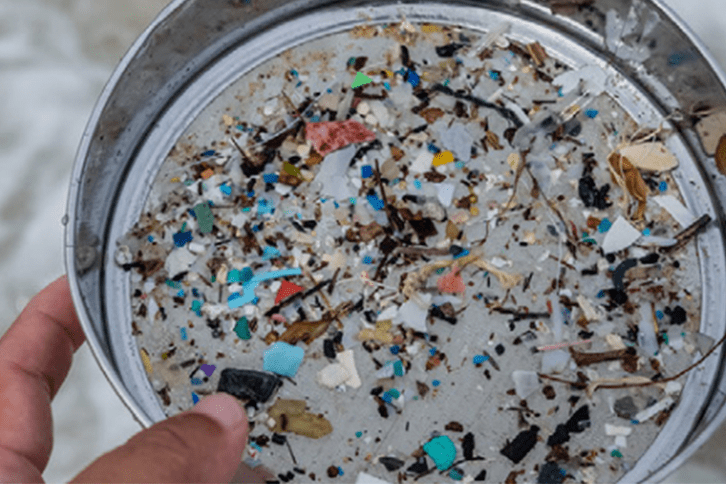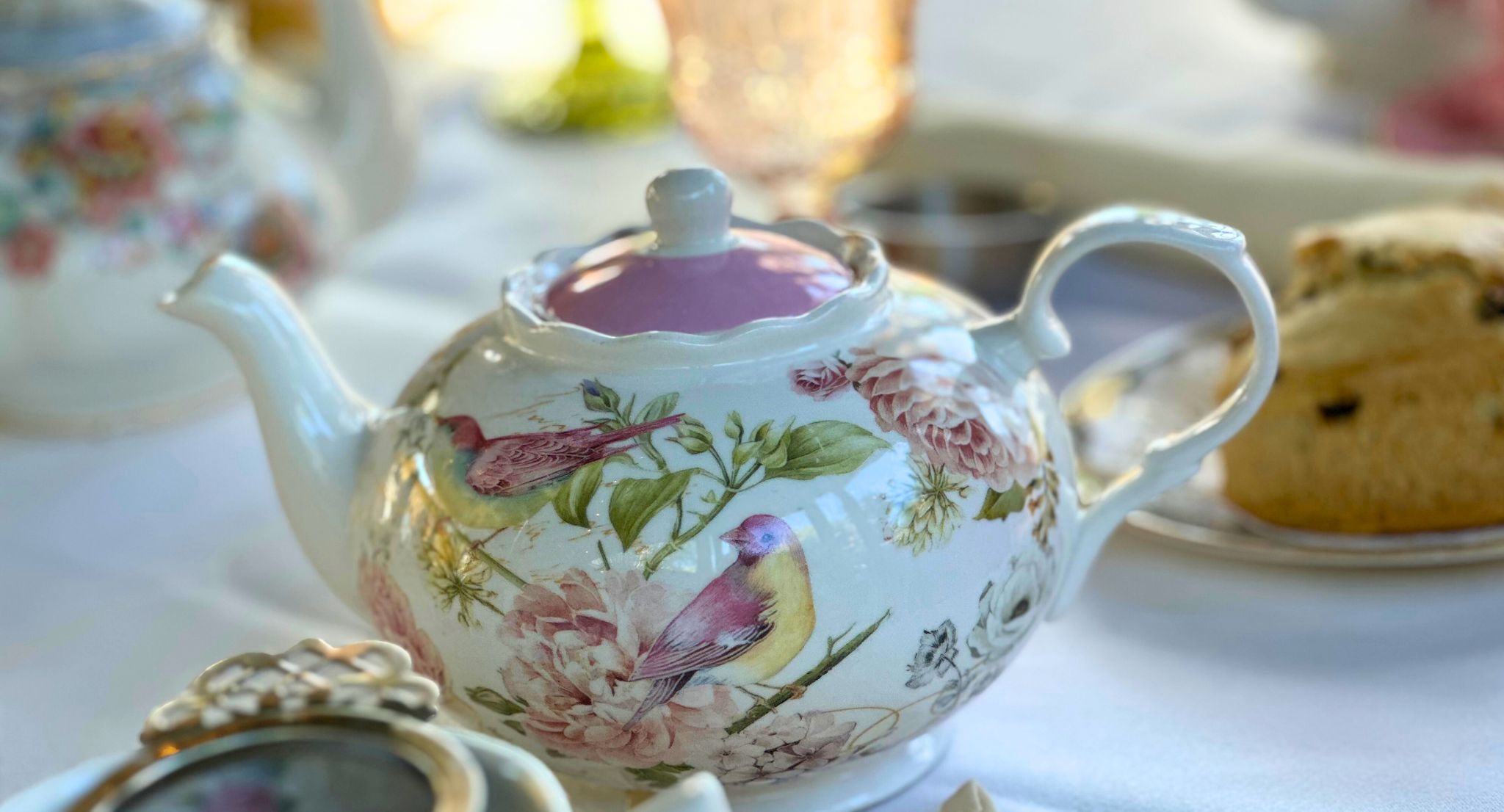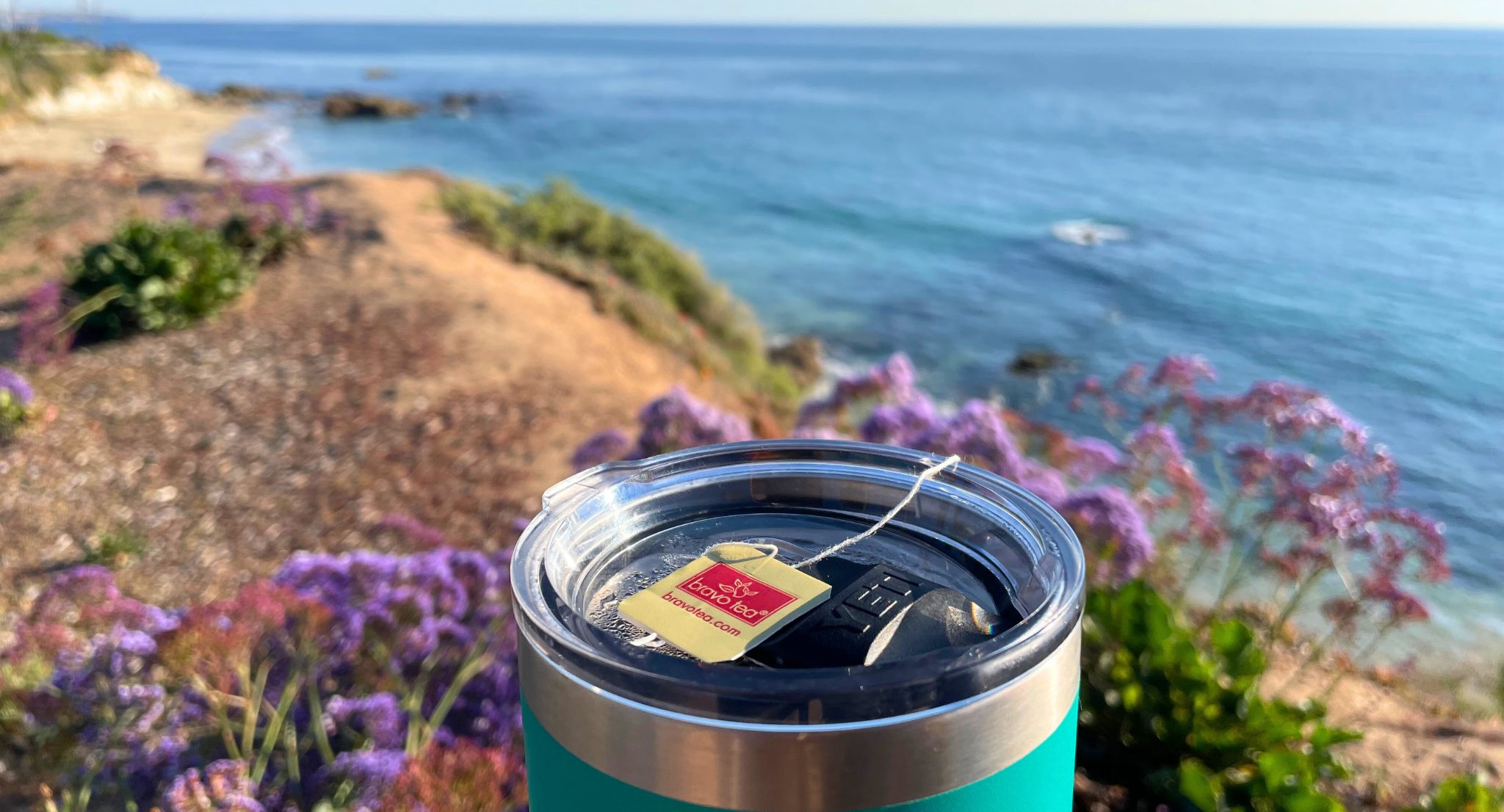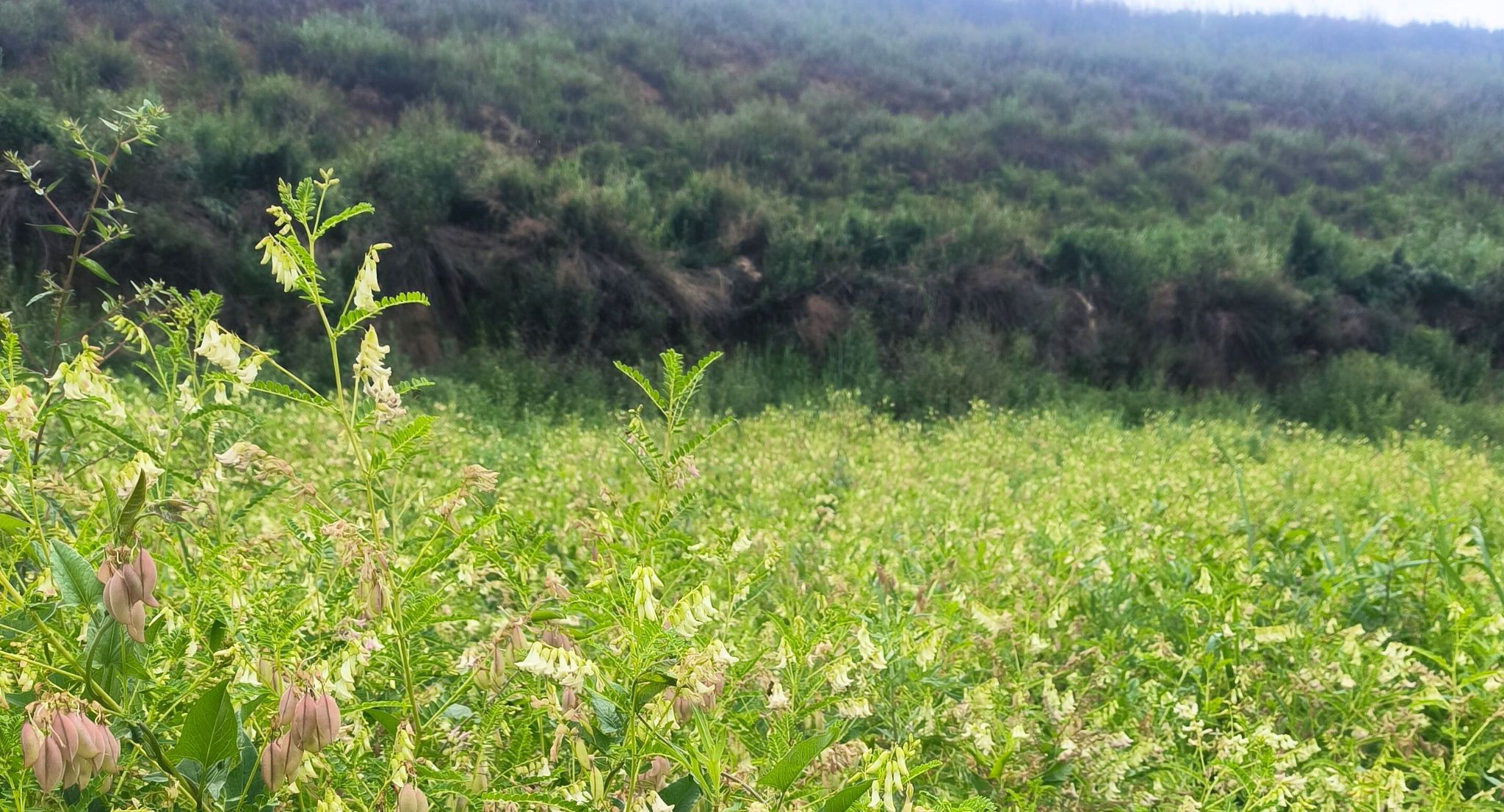Paper Tea Bags vs Microplastics in Silk Tea Bags
Tea bags are one of the easiest and most efficient ways to steep a delicious & aromatic cup of tea. Utilizing tea bags has its advantages over loose-leaf teas, including being more cost efficient & less messy.
Many people wonder if there could possibly be a downside to tea bags; the answer is sometimes. Some tea brands utilize bags that contain microplastics, which are problematic to both the environment and the body.
Bravo Tea is proud to be plastic-free and environmentally friendly by utilizing paper tea bags without any staples or metals. We use fully recycled cardboard in the creation of our boxes and will continue to utilize these eco-friendly materials in honor of our values, the environment, and our customers. However, it is still important to be aware of microplastics, where they are found, and how they can be harmful.
What are Microplastics?
Microplastics are fragments of plastic smaller than five millimeters in length. These tiny plastic particles can be found just about anywhere– within bodies of water, rock formations, rainwater, and even the air we breathe. By entering our natural resources, they cause pollution, illness, and ecosystem damage.
With these particles being as small as they are, it is very easy for them to pass through water filtration systems and into bodies of water where aquatic ecosystems thrive. Both birds and fish can mistake these microplastics for food, ingesting them and threatening their health.
The Effects of Microplastics on Humans
Not only are these microplastics detrimental to the environment, but also to the human body. While studies have not confirmed specific illnesses caused by microplastics, they have found that the ingestion of these tiny particles can have negative impacts on the digestive, respiratory, and nervous systems.
Because microplastics have carcinogenic properties, scientists are currently researching the likelihood of these small particles causing cancer. Although there is no definitive answer yet, it is safe to assume that microplastics should be preemptively avoided.
Avoiding Microplastics in Tea
As previously mentioned, we are pleased to offer only plastic-free tea bags and maintain our commitment to sustainability. However, how does one know which tea products contain plastic?
Many pyramid-shaped tea bags, while visually appealing, are made of nylon mesh. This mesh, when submerged in hot water, can release billions of microscopic plastic particles. Studies have found that those types of tea bags contain more microplastics than any other products we consume. Sometimes a container of tea will advertise the tea bags as “silky”, making the consumer believe that the bag is made of silk or cotton. However, those bags may still contain nylon, swarming your seemingly harmless cup of tea with nearly invisible plastic particles.
Some brands that carry plastic-free tea bags will mention it on the box. However, if that isn’t the case, you can always reach out to the company and see if their tea bags are made of nylon or sealed with plastic.
What Can I Do?
There are quite a few ways to avoid microplastic ingestion & subsequent environmental damage, and it all begins with you. One way to reduce exposure and waste is to limit plastic usage, including disposable water bottles and tea bags containing microplastics.
Another way to protect yourself and the environment from these tiny particles is to avoid products containing microbeads, a type of microplastic. These can be found in some toothpastes and in exfoliating skincare products. When rinsing off these types of products, the miniscule plastics go down the drain, and subsequently, into aquatic ecosystems.
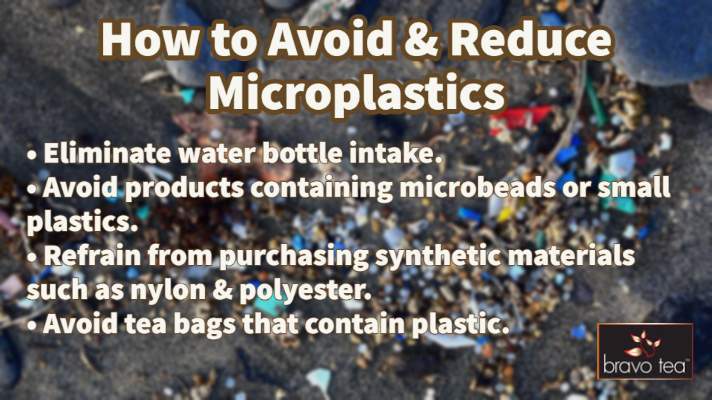

Being proactive about microplastic waste and consumption is a very simple change that can have immense benefits not only to your body, but the ecosystem as well. All individuals and companies have the moral responsibility to slow the steady accumulation of microplastics. While the actions you take may feel miniscule, committing to a low-plastic lifestyle and informing the people around you can be a catalyst for change.
Bravo Tea is proud to be -free and environmentally friendly by utilizing non bleached paper tea bags without any staples or metals. We use fully recycled cardboard in the creation of our boxes and will continue to utilize these eco-friendly materials in honor of our values, the environment, and our customers.
References
BBC News. (2019, September 27). Microplastics: Premium teabags leak billions of particles – study. BBC News. https://www.bbc.com/news/world-us-canada-49845940
Campanale, C., Massarelli, C., Savino, I., Locaputo, V., & Uricchio, V. F. (2020). A detailed review study on potential effects of microplastics and additives of concern on human health. International Journal of Environmental Research and Public Health, 17(4), 1212. https://doi.org/10.3390/ijerph17041212
US Department of Commerce, National Oceanic, & Atmospheric Administration. (2016). What are microplastics? https://oceanservice.noaa.gov/facts/microplastics.html

